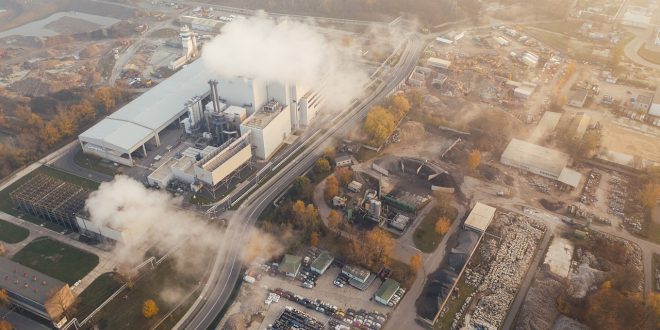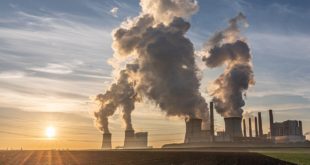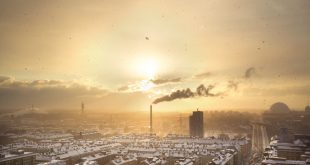We’ve all heard the stories. The global temperature is rising. The polar ice caps are melting. Storms are worsening.
And we’ve seen the casualties. Fourteen lives lost in Tennessee. Nearly 90 dead in California. More than 1 billion animals taken in Australia. All the victims of voracious wildfires fed by an increasingly parched earth.
It seems that no one and nowhere is safe from climate change. But as temperatures soar and the air thickens, what does this mean for the daily lives of ordinary people? Not for the ones fleeing storms and fire, but the ones going about their daily routines of work, and school, and with family?
The fact is that climate change and public health are profoundly interconnected. As climate change worsens, so does human health. Likewise, efforts to stem the tide of climate change aren’t just about protecting the environment, it’s about saving our own lives. After all: the earth is our only home. There is no Planet “B.”
Why It Matters
The connection between climate change and human health is about far more than the discomfort of rising temperatures and more severe storms. These weather events have real, significant, and even life-threatening impacts.
In the summer of 2003, a heatwave in Europe killed more than 70,000 people in a mere three months. In the United States, heat is among the leading causes of weather-related deaths, with more than 9000 fatalities between 1979 and 2014.
Who is Affected?
No one is immune from the harm associated with climate change, but it is the most vulnerable populations that are most at risk. The very young, the elderly, and those with chronic medical conditions are more likely to suffer heat exhaustion and heat stroke than the general population.
Likewise, if you have cardiovascular disease, you are more vulnerable to heart attack and stroke during a heatwave.
If you have asthma or another respiratory disease, even if your condition is well-controlled by broncho-dilators like Breo, you will still be at heightened risk for an asthma attack or a worsening of your condition. Studies show that, in people with asthma, just 4 minutes of exposure to hot and humid conditions increases airway resistance by an average of 112%.
What is to be Done?
Climate change didn’t happen overnight, and it’s not going to be resolved overnight, either. However, there are definite steps each of us can take to protect both people and the planet.
-
Spread Awareness
Knowledge truly is power, and at the heart of protecting public health is making the public aware of the risk in the first place. Nowadays, climate change seems to be a headline topic in the media, on the political stage, and even around the dinner table. But the relationship between climate change and human health has gotten relatively little play.
That’s where you come in. Educate yourself and then spread the word. You may even find your life’s calling in the process! Experts in population health management and health education may very well lead the way in identifying climate-related health risks and helping the general public connect the dots between their own health and the health of the planet.
-
Go Big or Go Home
Every human being has a role to play in protecting the environment. We all have a stake in the well-being of this Earth we call home. We all have a responsibility to nourish and protect the planet that nourishes and protects us.
But when it comes to climate change, it’s big corporations, not individuals, that are the major contributors to climate change. That’s why making a difference means aiming big. Demand that local, national, and international businesses practice sustainability.
Lobby for political change and enhanced environmental regulations. And don’t forget to vote with both your ballot and your pocketbook for politicians and corporations who care for the earth as much as you do. Chicago is already making the change, thanks to community and state organizations, combined with grassroots efforts. It is the first major city in the United States to commit to 100% clean energy by 2050.
-
Be the Change
Just because big business and big government are principal players in driving climate change, and working to preserve it, doesn’t mean there’s nothing you can or should do. In fact, if we all do our part, we can make a significant difference in the health of our planet.
It all boils down to making small changes each and every day, from transitioning to energy-efficient appliances and light bulbs to using recycled and biodegradable materials whenever possible.
Above all, it is about practicing mindfulness. Consider how the things you do, use, and consume impact the environment and look for more sustainable alternatives. And if you want to go all-in, there are tons of options, from the installation of solar panels to the purchase of hybrid or fully-electric vehicles!
 Alternative Energy HQ solar power for homes, wind energy, and bio fuel issues
Alternative Energy HQ solar power for homes, wind energy, and bio fuel issues





